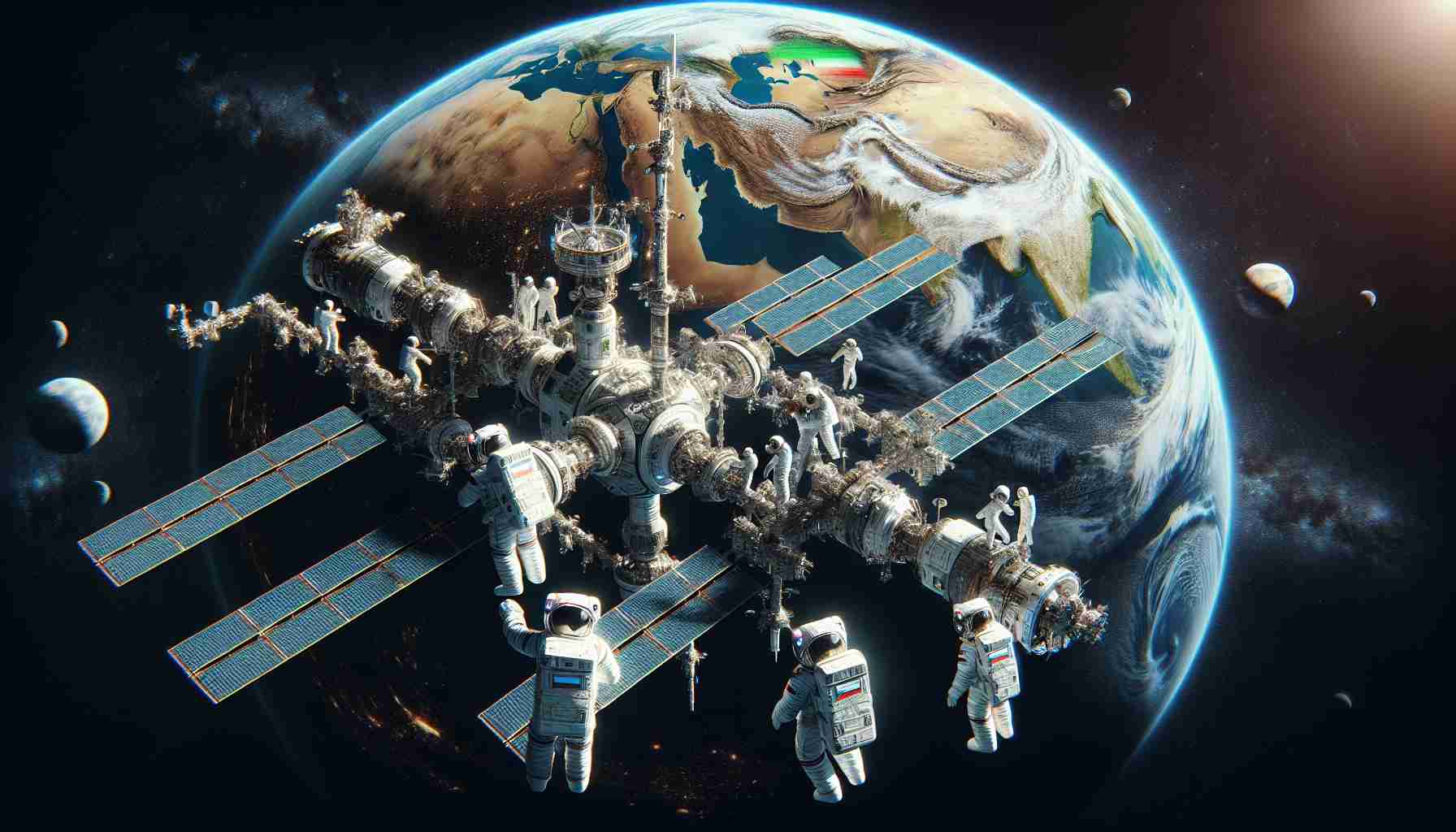
In a notable development in international relations, Iran has taken steps to enhance its space capabilities through cooperation with Russia. Reports emerged on Saturday highlighting Iran’s successful dispatch of two domestically created satellites to Moscow, where they are set to be launched into orbit via a Russian space vehicle.
The satellites, named Kowsar and Hodhod, signify a pivotal moment for Iran’s burgeoning private space industry. Kowsar is characterized as a high-resolution imaging satellite, while Hodhod functions as a small communication satellite. This endeavor marks a significant achievement for Iran, showcasing its commitment to advancing its technological frontiers.
Concerns regarding this partnership have been raised by U.S. officials, who fear that such a collaboration could have broader security implications. In February 2022, Russia had already launched Iranian satellites into orbit, spurring worries that these assets could be utilized not only to support Russia’s military activities in Ukraine but also to enhance Iran’s surveillance capabilities in the region, particularly concerning Israel.
The potential applications of these satellites are vast. Kowsar is anticipated to play a crucial role in areas such as agriculture and environmental management, while Hodhod aims to provide communication solutions in regions lacking reliable terrestrial infrastructure.
This expanding collaboration comes amid accusations from Western nations that Iran has been supplying ballistic missiles to Russia for the ongoing conflict in Ukraine, claims that Iran has consistently denied.
Iran and Russia Continue to Deepen Space Collaboration
In a significant escalation of their partnerships, Iran and Russia are ramping up their cooperation in space technology, further intensifying geopolitical tensions. Recent developments have highlighted the ambitious plans both nations have concerning space exploration and satellite deployment, bringing new dimensions to their bilateral relationship.
What Is Driving Iran and Russia’s Space Collaboration?
Both countries view space technology as a means to gain strategic advantages. Iran aims to bolster its satellite capabilities to enhance communication, surveillance, and intelligence-gathering capabilities. Meanwhile, Russia seeks to expand its influence in the region and maintain access to advanced technology in the face of Western sanctions. This growing partnership serves both nations’ interests in defiance of global criticism and aligns them against common adversaries.
Key Questions and Answers
1. What kind of technology is involved in their collaboration?
– The technology shared includes advancements in satellite design, launch capabilities, and possibly even joint development of satellites with multi-functional uses, from agricultural monitoring to military reconnaissance.
2. How might this partnership reshape regional dynamics?
– The collaboration is likely to enhance Iran’s military surveillance capabilities, enabling it to monitor both regional foes and Western military movements. This could increase tensions in the Middle East, particularly with nations like Saudi Arabia and Israel.
3. What are the potential implications for global security?
– The partnership raises concerns about the proliferation of military technology and intelligence capabilities. Western nations, particularly the United States and its allies, worry that enhanced Iranian surveillance could lead to escalated conflict and instability in the region.
Challenges and Controversies
A significant challenge in this partnership is the potential for further alienation from the international community. Both countries face sanctions that may limit their access to necessary technologies and markets. Additionally, there are controversies surrounding the ethical implications of using space technology for military purposes, raising questions about the role of international regulations on space exploration.
Advantages and Disadvantages of the Collaboration
Advantages:
– Technological Advancement: Iran benefits from Russia’s expertise in aerospace technology, which can accelerate its space program.
– Strategic Partnership: Strengthened ties could mean more political backing and economic assistance for both countries in facing international pressure.
Disadvantages:
– Increased Isolation: Deepening ties with Russia may lead to further isolation for Iran as other nations may be less willing to engage.
– Security Risks: The potential misuse of space technology could heighten tensions in an already volatile Middle East, leading to regional conflicts.
In conclusion, the collaboration between Iran and Russia in the realm of space technology encapsulates broader geopolitical dynamics and raises significant questions about security, ethics, and international relations. As both countries continue to enhance their capabilities, the implications for global stability remain critical.
For further reading on international relations and space technology, visit Space.com and Reuters.



